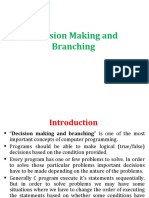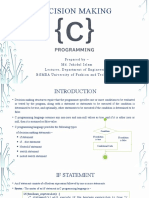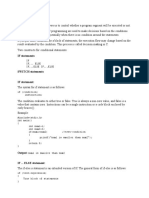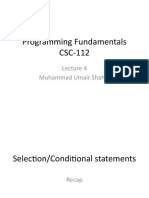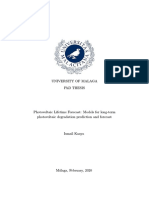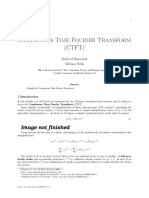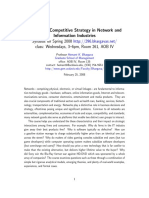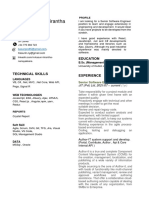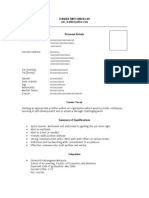0% found this document useful (0 votes)
17 views21 pagesPractical Programming - L09
This document provides an overview of control statements in C++, focusing on conditional statements such as If, If/Else, If/Else If, and Switch statements. It explains their syntax, usage, and provides examples to illustrate how these statements determine the flow of execution based on specified conditions. Additionally, it outlines the conditions for using the Switch statement and includes practical programming examples.
Uploaded by
Jaafar AbbakarCopyright
© © All Rights Reserved
We take content rights seriously. If you suspect this is your content, claim it here.
Available Formats
Download as PDF, TXT or read online on Scribd
0% found this document useful (0 votes)
17 views21 pagesPractical Programming - L09
This document provides an overview of control statements in C++, focusing on conditional statements such as If, If/Else, If/Else If, and Switch statements. It explains their syntax, usage, and provides examples to illustrate how these statements determine the flow of execution based on specified conditions. Additionally, it outlines the conditions for using the Switch statement and includes practical programming examples.
Uploaded by
Jaafar AbbakarCopyright
© © All Rights Reserved
We take content rights seriously. If you suspect this is your content, claim it here.
Available Formats
Download as PDF, TXT or read online on Scribd
/ 21










